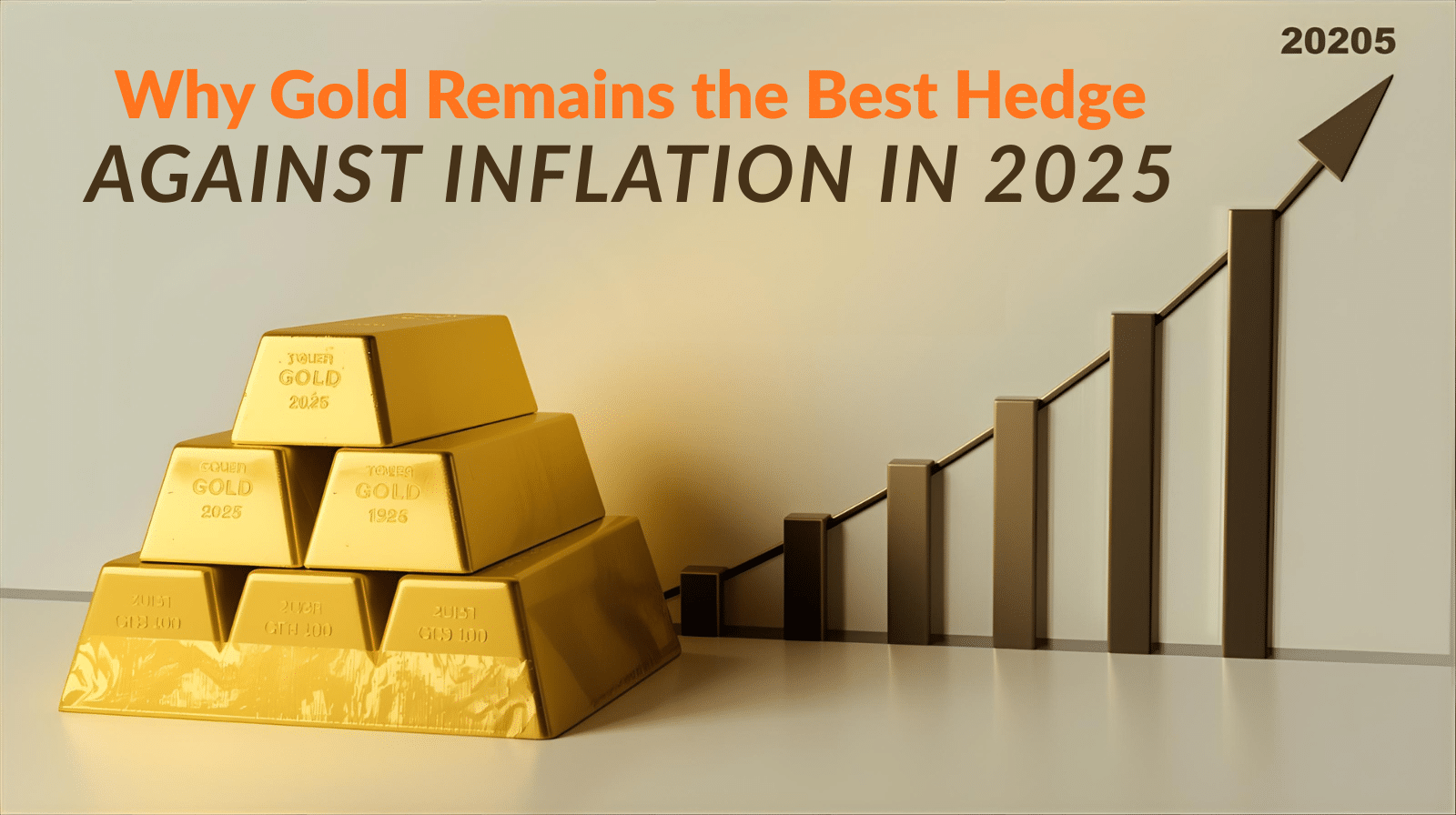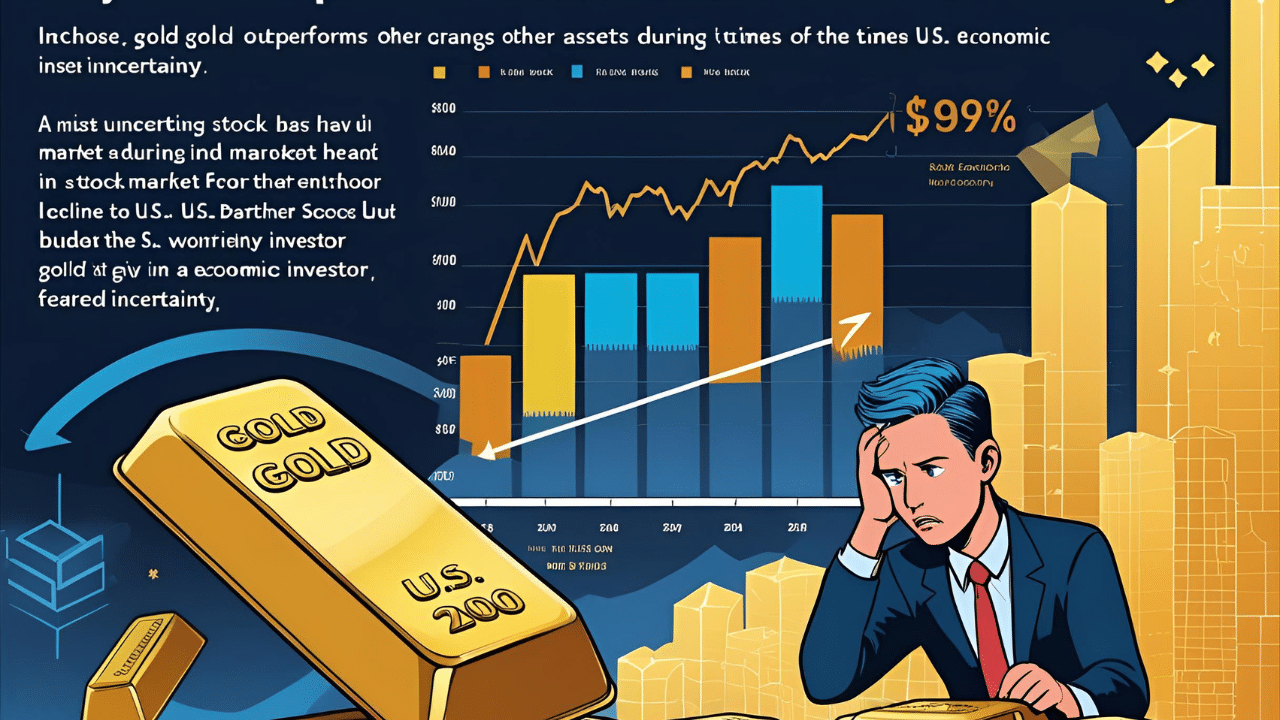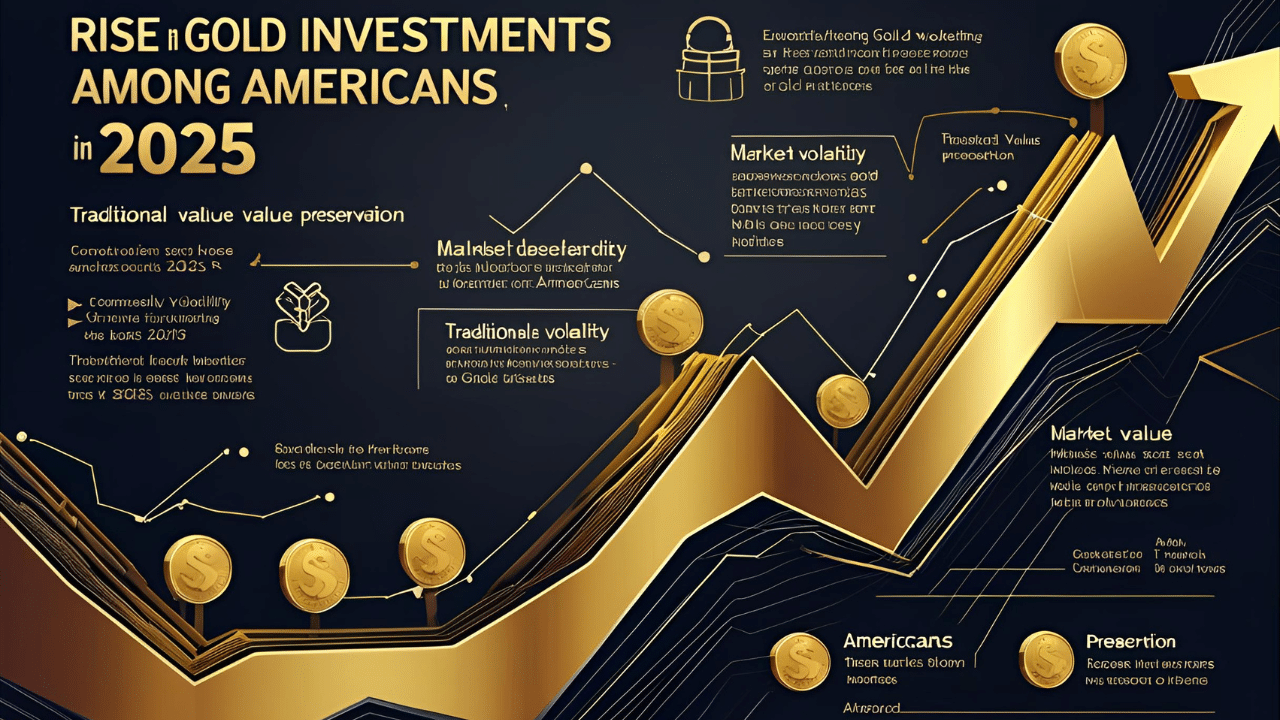Introduction
Gold has long been regarded as a safe-haven asset, with its value often rising during times of economic uncertainty, geopolitical tensions, or financial instability. This precious metal serves as a hedge against inflation, currency devaluation, and market volatility. The price of gold is not solely determined by supply and demand dynamics; it is also significantly influenced by various global events and news.
1. Economic Policies and Central Bank Decisions
Central banks, particularly the U.S. Federal Reserve and the European Central Bank, play a pivotal role in shaping gold prices through their monetary policies. Decisions regarding interest rates, quantitative easing, and inflation targets can impact investor sentiment and gold demand.
- Interest Rates: When central banks lower interest rates, the opportunity cost of holding non-yielding assets like gold decreases, making it more attractive to investors. Conversely, higher interest rates can reduce gold’s appeal as an investment.
- Quantitative Easing: Large-scale asset purchases by central banks can lead to concerns about currency devaluation and inflation, prompting investors to seek refuge in gold.
2. Geopolitical Events and Conflicts
Geopolitical tensions, such as wars, trade disputes, and diplomatic crises, can create uncertainty in global markets. During such times, investors often turn to gold as a store of value.
- Trade Wars: Escalating trade tensions, like those between the U.S. and China, can weaken currencies and disrupt global supply chains, leading to increased demand for gold.
- Military Conflicts: Armed conflicts, particularly those involving major economies, can destabilize regions and prompt investors to move assets into gold to mitigate risks.
3. Economic Indicators and Market Data
Economic indicators such as GDP growth, unemployment rates, and inflation data provide insights into the health of an economy. Weak economic performance or signs of recession can lead to increased gold buying as investors seek safe-haven assets.
- Inflation: Rising inflation erodes the purchasing power of fiat currencies, making gold an attractive hedge against inflation.
- Recession Fears: Concerns about economic downturns can lead to market volatility, prompting investors to allocate funds into gold.
4. Currency Fluctuations and Dollar Strength
Gold is typically priced in U.S. dollars. Therefore, fluctuations in the value of the dollar can influence gold prices. A weaker dollar makes gold cheaper for holders of other currencies, potentially increasing demand.
- Dollar Depreciation: When the dollar weakens, gold becomes more attractive to foreign investors, driving up its price.
- Currency Crises: Financial instability in major economies can lead to currency devaluation, prompting investors to seek stability in gold.
5. Global Financial Crises and Systemic Risks
Financial crises, such as the 2008 global recession or the COVID-19 pandemic-induced downturn, can lead to widespread economic disruptions. During such periods, gold often serves as a safe-haven asset as investors look to preserve wealth.
- Bank Failures: The collapse of major financial institutions can erode confidence in the banking system, leading to increased gold demand.
- Market Volatility: Sharp declines in equity markets can prompt investors to reallocate funds into gold to mitigate losses.
6. Technological Advancements and Market Access
Advancements in technology have made it easier for investors to access and trade gold. The proliferation of online trading platforms, mobile applications, and digital gold products has democratized gold investment.
- Online Platforms: Investors can now buy and sell gold with ease, increasing market liquidity and potentially influencing gold prices.
- Digital Gold: Innovations like blockchain-based gold tokens provide new avenues for investment, impacting gold demand and pricing.
7. Environmental and Natural Events
Natural disasters and environmental events can disrupt gold production and supply chains. Such disruptions can lead to supply shortages, influencing gold prices.
- Mining Disruptions: Earthquakes, floods, or other disasters can halt mining operations, reducing gold supply.
- Regulatory Changes: Environmental regulations can impact mining activities, affecting gold production levels.
8. Investor Sentiment and Speculation
Investor psychology and speculative activities can drive short-term fluctuations in gold prices. Market rumors, media reports, and investor sentiment can lead to increased buying or selling of gold.
- Media Influence: Positive or negative news coverage can sway investor perceptions and impact gold demand.
- Speculative Trading: Hedge funds and institutional investors may engage in speculative trading, influencing gold price movements.
9. Government Policies and Regulations
Government policies, including taxation, import/export restrictions, and monetary reforms, can impact gold markets. Changes in policies can influence gold demand and pricing.
- Taxation: Increased taxes on gold transactions can reduce demand, while tax incentives can encourage investment.
- Regulatory Changes: Import/export restrictions can affect gold supply and influence market prices.
10. Demographic Trends and Cultural Factors
Cultural significance and demographic trends can influence gold demand. In countries like India and China, gold holds cultural importance, affecting its consumption patterns.
- Cultural Significance: Gold is often used in weddings and festivals, driving seasonal demand.
- Demographic Changes: Growing middle-class populations in emerging markets can lead to increased gold consumption.

How World News Influences Gold Prices: A Comprehensive Analysis
Gold has been revered for centuries as a symbol of wealth, security, and stability. Even in today’s complex global economy, gold remains a critical asset for investors, central banks, jewelers, and industries alike. One of the most fascinating aspects of gold is how its price reacts dynamically to world events and news. Understanding these influences is vital for anyone involved in the gold market, whether for investment, business, or personal purposes.
This blog provides an in-depth analysis of the types of world news that can affect gold prices, based primarily on insights from Manhattan Gold & Silver’s expert commentary and market observations. We will explore the key categories of news events, their mechanisms of impact on gold pricing, and the broader economic and geopolitical context that shapes these relationships.
1. Economic Stability and Uncertainty: Gold as a Safe Haven
Gold’s Role in Economic Turbulence
Gold is widely regarded as a safe-haven asset. This means that during times of economic uncertainty or instability, investors tend to turn to gold to preserve wealth. This behavior stems from gold’s intrinsic value, scarcity, and historical role as a store of value independent of any government or currency.
When economic conditions deteriorate—such as during recessions, financial crises, or pandemics—confidence in traditional financial markets and fiat currencies often wanes. Investors seek to reduce exposure to volatile stocks, bonds, or currencies and increase holdings in gold, driving up its demand and price.
Historical Examples
- 2008 Financial Crisis: The collapse of major financial institutions and the ensuing global recession caused a surge in gold prices as investors sought refuge from market turmoil.
- COVID-19 Pandemic (2020): The uncertainty and economic disruptions caused by the pandemic led to a sharp rise in gold prices, reflecting its appeal as a protective asset.
Conversely, during periods of robust economic growth and high investor confidence, capital flows tend to favor riskier assets like equities. This shift can reduce demand for gold and cause prices to decline.
2. Political Developments and Geopolitical Tensions
Impact of Political Instability
Political events are a major driver of gold price volatility. Uncertainty stemming from elections, government policy changes, or geopolitical conflicts can unsettle markets and increase gold’s attractiveness.
- Elections: Unexpected election results or political upheaval in major economies can create uncertainty about future economic policies, trade agreements, or regulatory environments.
- Geopolitical Conflicts: Tensions between nations, wars, or threats of conflict often lead to spikes in gold prices as investors seek assets less exposed to political risk.
Mechanism of Influence
Political instability raises fears of economic disruption, currency devaluation, or inflation. Since gold is priced globally in U.S. dollars and is not tied to any single government, it becomes a preferred asset during such times.
3. Inflation and Currency Fluctuations
Gold as an Inflation Hedge
Inflation erodes the purchasing power of fiat currencies. Gold, by contrast, is seen as a hedge against inflation because its value tends to rise when the cost of goods and services increases.
When inflation expectations climb, investors often increase gold holdings to protect wealth, pushing prices higher.
Currency Depreciation and Interest Rates
- Currency Weakness: When a country’s currency weakens relative to others, gold priced in that currency becomes more expensive, increasing demand.
- Interest Rates: Low or negative real interest rates reduce the opportunity cost of holding non-yielding assets like gold, making it more attractive.
For example, if the U.S. dollar weakens or interest rates remain low, gold prices often rise as investors seek alternatives to cash or bonds.
4. Supply and Demand Dynamics
Gold Supply Factors
While macroeconomic and geopolitical factors dominate headlines, fundamental supply and demand also play a crucial role.
- Mining Output: Changes in gold mining production can affect supply. A significant discovery or technological advancement in mining could increase supply and potentially lower prices.
- Recycling Trends: The amount of recycled gold entering the market also influences supply.
Demand Factors
- Jewelry Consumption: Jewelry remains a major use for gold globally, especially in countries like India and China. Changes in consumer preferences or economic conditions in these markets can affect demand.
- Industrial Use: Gold has specialized industrial applications, including electronics and medical devices. Innovations or shifts in these sectors can impact demand.
- Investment Demand: ETFs, futures, and physical bullion purchases by investors are critical demand drivers.
- Central Bank Purchases: Central banks buying gold to diversify reserves signal confidence in gold and can drive prices upward.
5. Interplay of Factors and Market Complexity
Gold prices are rarely influenced by a single factor. Instead, they reflect a complex interplay of economic data, political events, currency movements, and supply-demand fundamentals.
For instance, during a geopolitical crisis, if inflation is also rising and central banks are purchasing gold, prices may experience a compounded upward effect.
6. Practical Implications for Investors and Businesses
For Investors
Understanding how world news affects gold prices helps investors:
- Time their purchases or sales more effectively.
- Use gold to hedge against portfolio risks.
- Anticipate market volatility triggered by global events.
For Jewelers and Manufacturers
- Monitor gold price trends to manage inventory costs.
- Adjust pricing strategies in response to market movements.
- Plan procurement based on anticipated supply-demand shifts.
7. Staying Informed: Tools and Resources
Given the complexity of gold price drivers, staying updated is essential. Resources like the Manhattan Gold & Silver app provide historical trends, real-time price alerts, and market insights to help users track fluctuations and make informed decisions.
Conclusion
Gold remains a unique and enduring asset whose price is sensitive to a wide range of world news and events. Economic uncertainty, political developments, inflation, currency fluctuations, and supply-demand fundamentals all shape gold’s market value. By understanding these factors and their interconnections, investors, businesses, and consumers can better navigate the gold market and leverage its potential as a hedge and store of value.
This analysis is based on expert insights from Manhattan Gold & Silver’s detailed exploration of global news impacts on gold prices, highlighting the importance of a multifaceted approach to understanding this precious metal’s market dynamics1.






